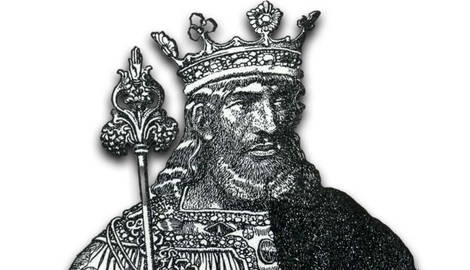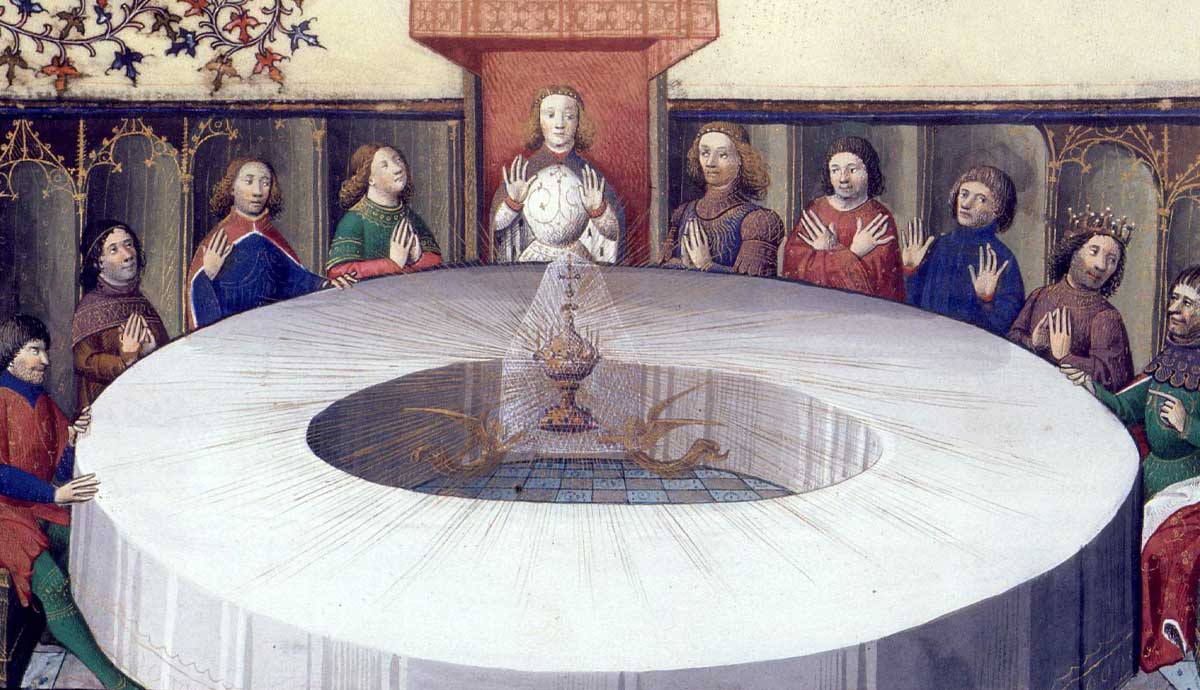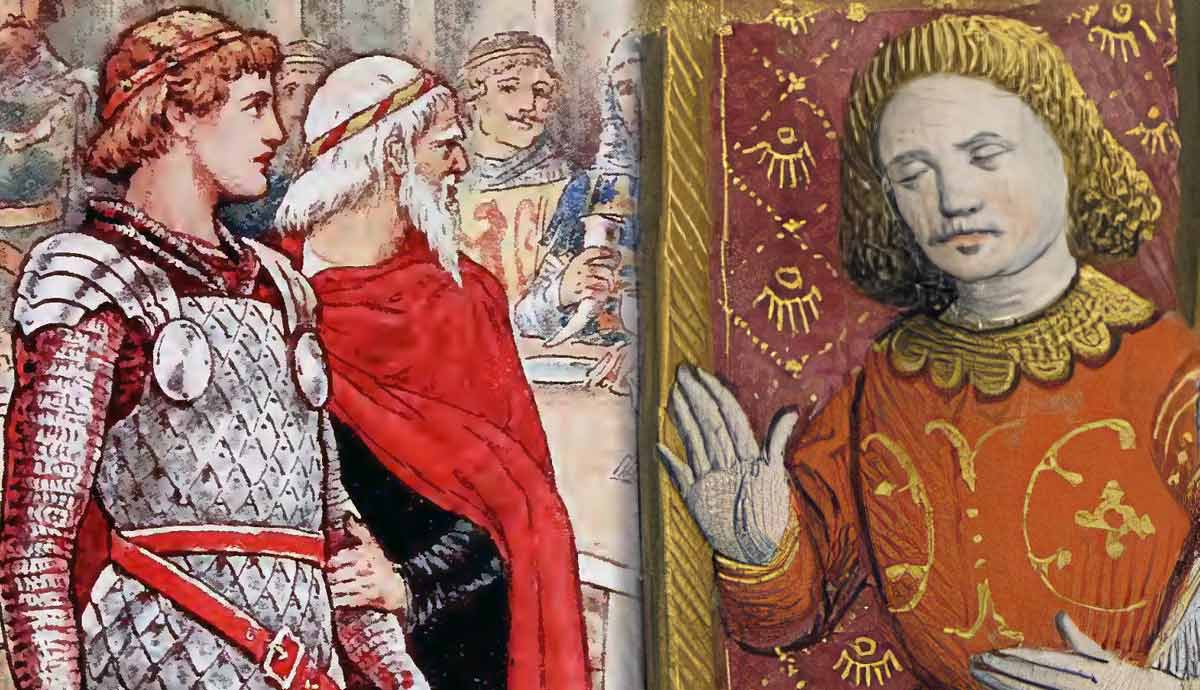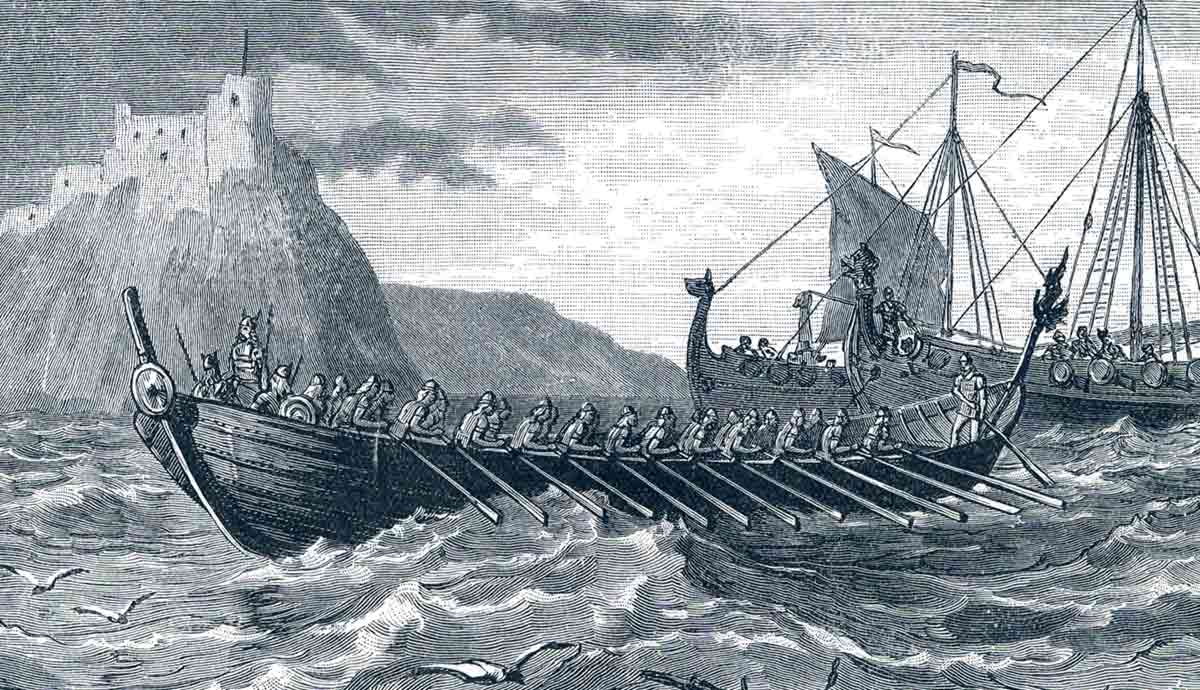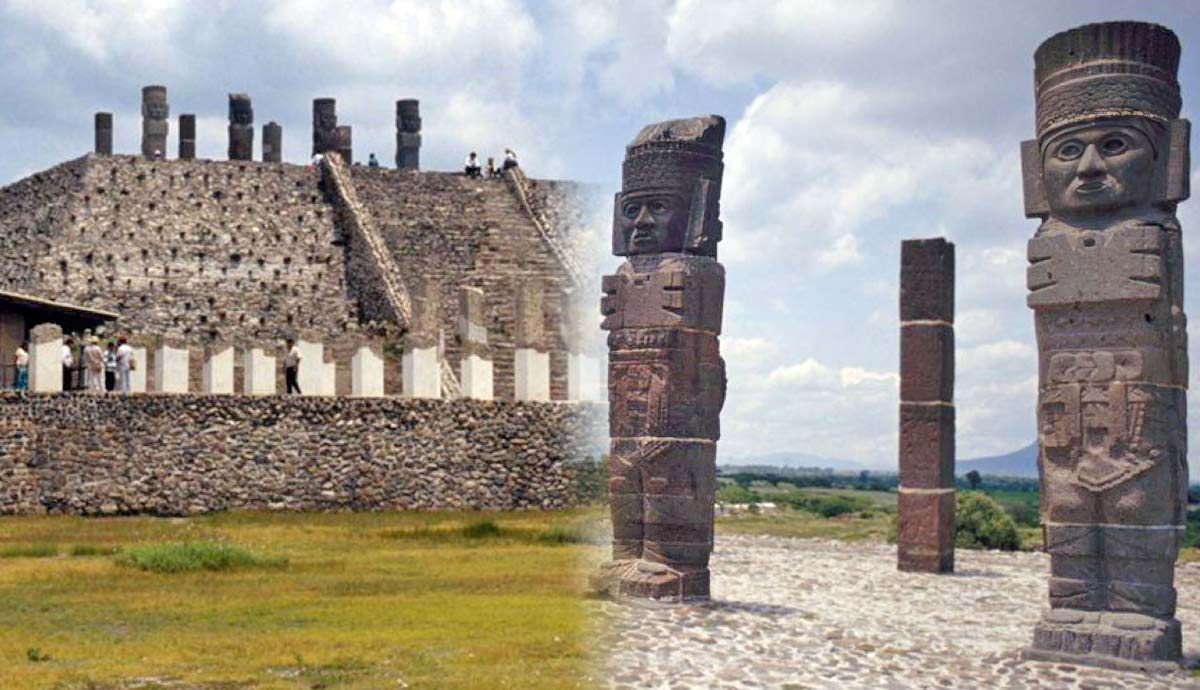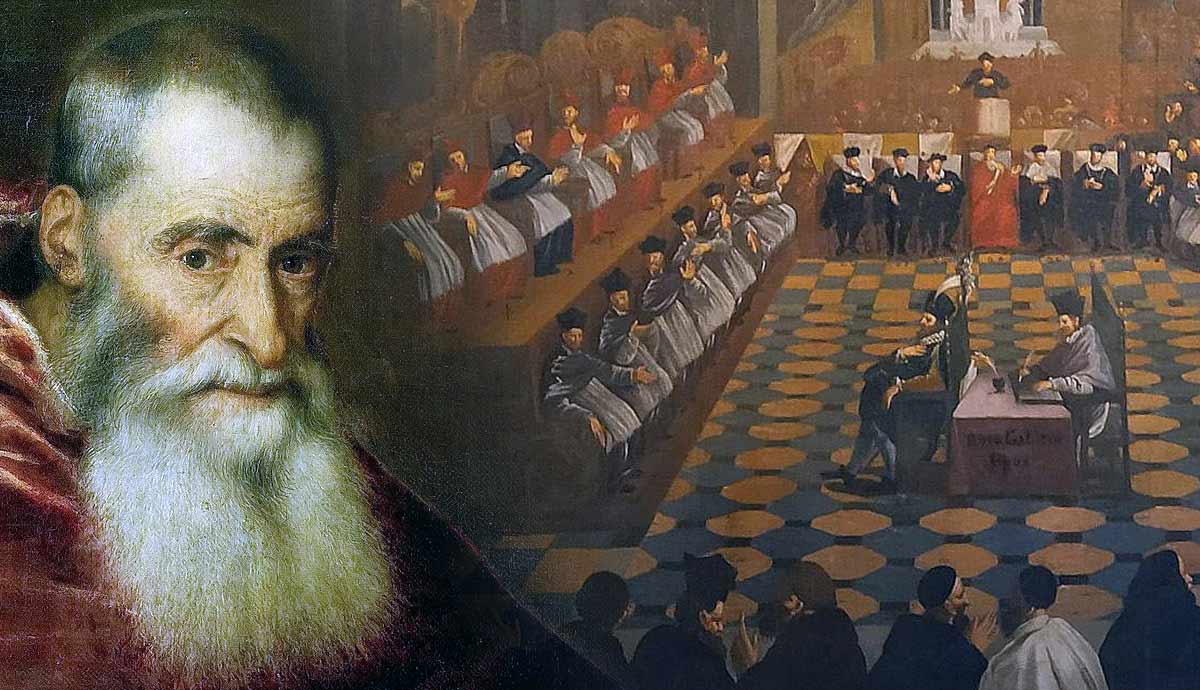
Did King Arthur really exist? That question has occupied the minds of historians for centuries. Even in the medieval era, as early as the century in which Geoffrey of Monmouth wrote his Arthurian account, scholars doubted the truth behind much of the Arthurian legends. In more recent centuries, the existence of King Arthur himself has been called into question. In recent decades, rejecting his historicity entirely has become a mainstream opinion, although many scholars still hold to his existence. What is the evidence for and against King Arthur’s historicity?
The Context of King Arthur’s Supposed Existence

Before we can analyze the evidence for and against King Arthur’s existence, we need to understand the context of his supposed existence. When and where was he supposed to have lived, and who exactly was he supposed to have been?
According to the earliest record of his career, Arthur was a war leader who led an alliance of kings in a series of battles against the Anglo-Saxons in the first half of the 6th century. His career followed that of Ambrosius Aurelianus, who fought the Anglo-Saxons in the second half of the 5th century. The record in question, the Historia Brittonum, places the start of Arthur’s wars after the accession of Octa to the throne of Kent, which appears to have occurred in c. 512.
The series of battles occurred in nine different locations. Scholars debate where they were, but there is general agreement that at least some of them can be placed in the region of Lincolnshire. The Battle of Badon, the location of which is fiercely debated, was the final battle.
Reasons for Doubting King Arthur’s Existence

The primary reason for doubting King Arthur’s existence is his general absence from many early records. As we have just seen, the first description of his career comes from the Historia Brittonum, written in c. 830. However, there are records of 6th-century Britain that date from earlier than that. For example, Gildas was a monk from the 6th century who wrote De Excidio, our one surviving record from that era. He wrote about Ambrosius Aurelianus, explained that he started a campaign against the Anglo-Saxons, helping the Britons to organize a proper counter-offensive, and recorded that the Britons and the Saxons exchanged losses and victories for an undisclosed period until the Battle of Badon.
Based on this brief description, many scholars feel that Gildas intended to suggest that Ambrosius was the leader of the Britons at the Battle of Badon, leaving no space for Arthur. In any case, Gildas does not mention Arthur at all in his account of Britain from the time of Ambrosius onwards.

It is also notable that Arthur does not appear in the writings of Bede. He was an 8th-century English historian. Although he did cover much of the history of the conflicts between the Britons and the Anglo-Saxons, including through the 5th, 6th, and 7th centuries, he never mentions King Arthur.
Another relevant source is the Anglo-Saxon Chronicle. This was written at the end of the 9th century, just over half a century after the Historia Brittonum. This presents an Anglo-Saxon perspective on the events of the Dark Ages, much like the Historia Brittonum for the Britons, but in the form of a chronicle rather than a narrative.
Notably, this chronicle does not mention King Arthur. This is perhaps even more significant than in the case of Bede since the Anglo-Saxon Chronicle is much more detailed. It describes numerous specific battles and conflicts that occurred during the 6th century, and Arthur is not mentioned in any of them.
Do These Objections Stand Up to Scrutiny?

As we can see, it is certainly true that the few early sources that we have for 6th-century Britain do not mention Arthur. Does this, however, really form a sensible basis on which to reject his historicity? Take the case of Gildas. It is true that Gildas does not mention Arthur in his overview of Britain from the time of Ambrosius right through to his own time. However, the significance of this is almost non-existent. Gildas was not writing a history. He was writing a religious tract aimed at criticizing the Britons and their kings and motivating them to take certain actions. Hence, what he included in his summary of British history was carefully chosen for specific reasons.
Significantly, the brief overview of history from Ambrosius to his own time occupies only a few lines, and Gildas does not mention any king by name in that short passage. If we were to use this to argue that Arthur did not exist, then we would have to conclude that no king of the Britons existed at all between Ambrosius and the time Gildas was writing. As well as being patently absurd, Gildas’ own wording shows that such kings did exist in that period.

The only point that is actually worth noting from Gildas is that he does not credit the Battle of Badon to Arthur. However, the idea that he instead credited it to Ambrosius Aurelianus is severely flawed. Modern research suggests that Gildas may have been writing well into the latter half of the 6th century. This is seen from Rachel Bromwich’s suggestion regarding the chronology of the reign of Maelgwn, a living king to whom Gildas directed some comments. Gildas placed the Battle of Badon 43 years before the time he was writing, yet Ambrosius was active in the second half of the 5th century. Thus, Ambrosius could not have fought at the Battle of Badon. That being so, it is evident that Gildas simply did not name the victor of the Battle of Badon, and Ambrosius was merely the one who started the campaign that eventually led up to that battle.
The fact that Bede did not mention Arthur is irrelevant when we consider the fact that he based that part of his history directly on Gildas’ account, following him almost word for word. The Anglo-Saxon Chronicle, for its part, hardly mentions any British leaders by name in that era. It does not even mention Ambrosius, and we know for sure that he existed.
Evidence for King Arthur’s Existence From Archaeology

As we can see, the arguments against Arthur’s existence are not particularly substantial. However, is there any evidence actively arguing in favor of his existence? Notably, archaeology appears to demonstrate a reverse migration from Britain in the first half of the 6th century. In other words, archaeology shows that many Anglo-Saxons were actually leaving Britain at that time. This marked a substantial change from the Anglo-Saxon migration into Britain from c. 430 onwards. This period of reversal corresponds to the exact era in which Arthur was said to have been defeating the Saxons in various locations around Britain.
This reverse migration is supported by Procopius, the Byzantine historian writing in the middle of the 6th century. He referred to the fact that many Angles were leaving Britain for the continent. Furthermore, the 11th century Deeds of the Bishops of the Church of Hamburg, by Adam of Bremen, states that many Saxons were taken in by the Frankish king Theuderic I in the early 530s.
Evidence for King Arthur’s Existence From Personal Names

The aforementioned evidence supports the conclusion that the Anglo-Saxons were facing strong opposition in Britain at exactly the time King Arthur was said to have been opposing them. However, is there any evidence that specifically points to there having been a war leader named Arthur in that era?
As it happens, the second half of the 6th century saw a surge in the use of the name “Arthur” by dynasties around Britain. This surge in popularity continued until the first half of the 7th century. For example, there was Arthur ap Pedr of Dyfed. There was also Artuir mac Aedan of Dal Riada. Prior to the time in which King Arthur supposedly existed, the use of the name “Arthur” was virtually unseen in the records. This strongly suggests that the second half of the 6th century followed an era in which there was a popular figure called “Arthur.” This would satisfactorily explain its sudden popularity.
Did King Arthur Really Exist?

In conclusion, what can we say about King Arthur’s existence? Does the evidence support his existence or not? Well, this issue continues to be debated by scholars, but many do hold to the opinion that Arthur likely existed. Part of the evidence for this is seen through archaeology and also through medieval records revealing which names were popular among dynasties at different times.
Archaeology shows that there was a reverse migration of Anglo-Saxons from Britain in the first half of the 6th century. This went against the decades-long trend that had existed until that time. Something must have caused this, such as strong opposition from within Britain. Furthermore, the medieval records show that the name “Arthur” suddenly became popular in the era immediately after Arthur supposedly existed. Taken together, these pieces of evidence could convincingly be used to argue that there was a powerful war leader named Arthur who strongly opposed the Saxons in the first half of the 6th century.
